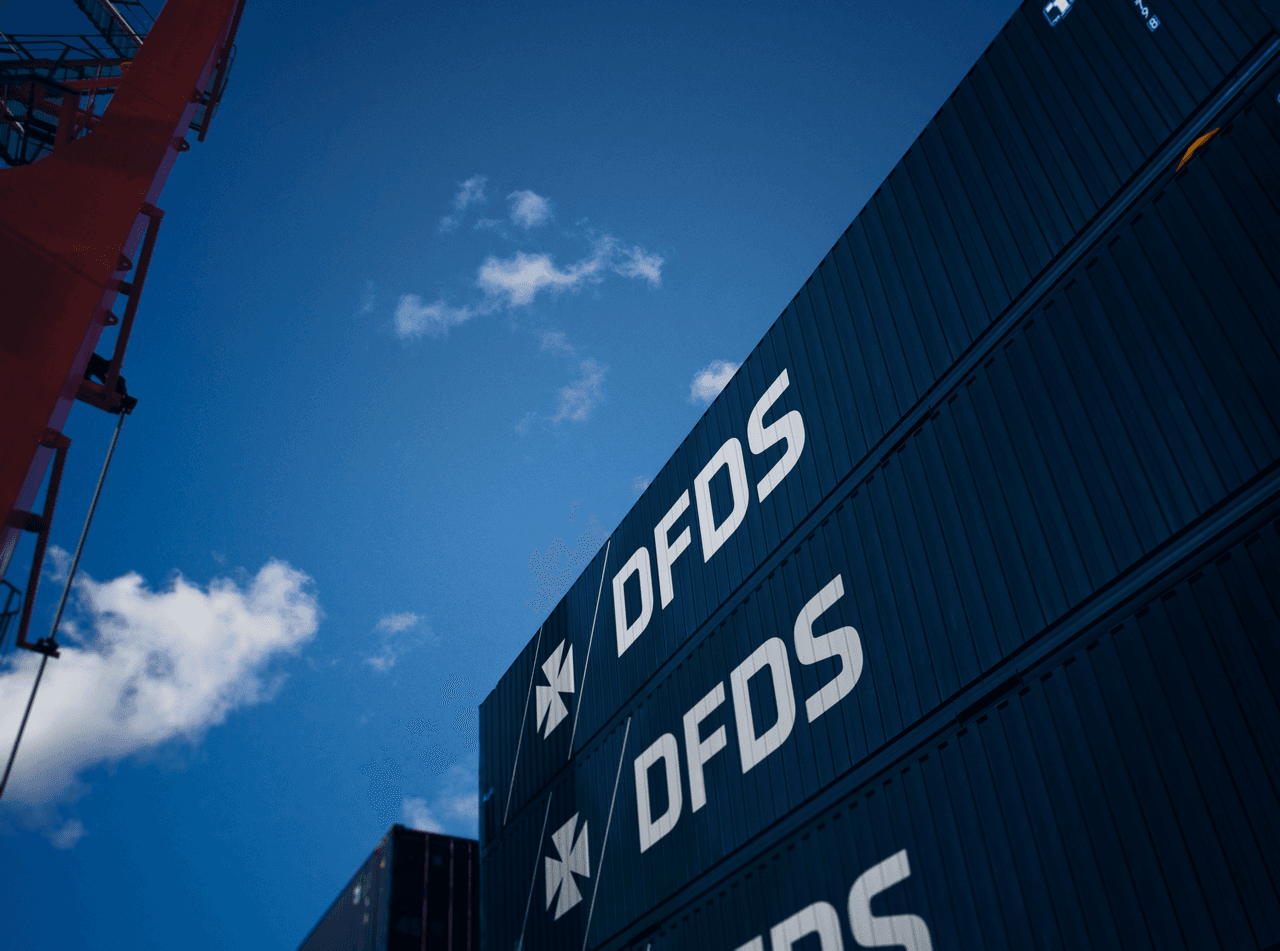Cargo shipping is the process of moving goods in bulk from manufacturers to end customers or distribution centers. It enables global trade by connecting suppliers and consumers across countries and continents. Efficient shipping ensures timely deliveries, reduces costs, and supports seamless operations in industries like retail, automotive, and manufacturing.
Types of cargo shipping
There are several ways to ship cargo, and each method suits different needs based on the type, size, and urgency of the shipment.
Sea freight is one of the most cost-effective options for large or heavy goods. It is commonly used for international shipments and typically involves shipping goods in containers. Although it is slower than other methods, it is ideal for bulk transportation.
Road freight is often used for domestic or regional shipping. It is flexible and widely available, making it suitable for short to medium distances.
Rail freight is efficient for moving goods across long distances within a continent. It is more environmentally friendly than road freight and offers good capacity for heavy loads.
How the cargo shipping process works
The cargo shipping process typically begins with booking your shipment through a logistics provider like DFDS. Goods are then packed, labeled, and prepared for transport. Depending on the chosen method, they are routed through terminals, ports, or logistics hubs.
From there, your shipment may move directly to its destination or be part of a combined transport route. Upon arrival, the cargo goes through any necessary customs clearance before final delivery.
Understanding freight forwarding and its role in cargo shipping
Freight forwarding plays a crucial role in the cargo shipping industry by acting as the logistical bridge between shippers and transport providers. A freight forwarder is a third-party specialist or company that manages the entire process of transporting goods, especially for businesses that ship internationally or use multiple transport modes.
These professionals coordinate the movement of cargo across different transport methods, ensuring that goods travel efficiently from the point of origin to the final destination. Freight forwarders do not typically move the cargo themselves, instead, they use their network of carriers and logistics partners to organize each leg of the journey.
One of their most valuable functions is handling complex documentation and compliance. This includes preparing and processing shipping paperwork, customs declarations, bills of lading, and insurance documents. By managing these administrative tasks, freight forwarders help reduce the risk of delays, fines, or shipment rejections due to incorrect or incomplete documentation.
Important documents you may need
To ensure smooth movement of cargo, especially across borders, several key documents are required:
Commercial invoice
Packing list
Bill of lading or CMR for road freight
Rail waybill (CIM)
Customs declarations (where applicable)
Accurate documentation helps avoid delays and ensures compliance with international regulations.
What affects cargo shipping costs?
Cargo shipping costs are influenced by a variety of factors that businesses should consider when planning logistics. One of the biggest cost determinants is the mode of transport, whether shipping by sea, road, or rail. Each option has its own pricing model, depending on speed, distance, and cargo type.
The distance to the destination also impacts pricing, as longer routes naturally require more resources and time. Similarly, the weight and volume of the cargo play a key role. Whether its heavier or bulkier the cost is typically higher due to space constraints or equipment needs. Additional handling requirements, such as refrigeration, hazardous materials protocols, or oversized loads, may result in extra fees.
Customs-related expenses like duties and taxes can significantly affect international shipping costs, particularly if documentation is incomplete or incorrect. Fuel prices and toll charges are also variable factors, especially for road transport, and can fluctuate based on market conditions.
To manage costs effectively, businesses often turn to intermodal transport solutions, combining road, rail, and sea methods to strike a balance between cost-efficiency and delivery speed. Proper planning and comparing options can help identify the most economical route for any shipment.
Tips for reliable and efficient cargo shipping
Achieving reliable and efficient cargo shipping starts with choosing the most appropriate transport method for your goods. Whether you're shipping locally or internationally, selecting between sea, rail, or road freight depends on your delivery timeline, cargo type, and budget.
In many cases, using intermodal transport can offer greater flexibility and cost savings. For example, combining rail with road freight might speed up inland delivery while keeping costs manageable. It's also important to plan shipments in advance, especially during high-demand seasons when space may be limited and rates may increase.
Another key to smooth cargo shipping is accurate documentation. Ensuring that all paperwork, including customs declarations, packing lists, and invoices, is correct and complete will help prevent border delays and fines. Real-time tracking tools and proactive communication with freight providers also contribute to better visibility and fewer surprises during transit.
Overall, strategic planning, attention to detail, and a clear understanding of your shipping options are essential for maintaining efficiency and keeping costs under control in your logistics operations.
Optimise your supply chain with DFDS
With a solid understanding of road, rail, and sea freight options, you can make more informed decisions about how to move your goods efficiently. DFDS offers reliable, flexible cargo shipping services across Europe and beyond, tailored to meet a wide range of business needs. By choosing the right transport method and optimizing your supply chain, you can lower costs, reduce risk, and keep your supply chain running smoothly.




